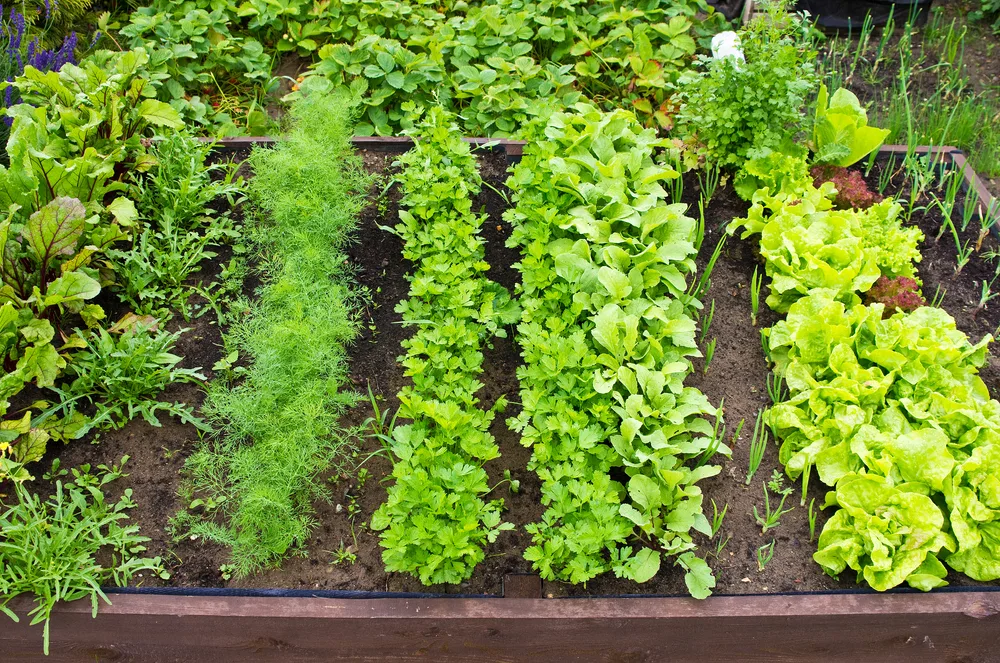
A new year means a fresh green start to your garden. The land of opportunity and of glorious harvests.
Planning for the best is always an optimistic view to strive for. Yet, it can happen, even in the garden, that some bad relationships get in the way, undermining your quest for abundance.
Your garden could be the next daytime soap opera.
Not that you have done anything seriously wrong. Though it may be the case that you still have something to learn about the subtle interactions of plants.
You see, plants also have their likes and dislikes, just as we humans do.
Not everyone likes to be seated next to their aunt-in-law at dinner. Never mind the fact that dinner lasts for a couple of hours at most. A planting season lasts for several months.
In the garden, the “seating arrangement” is another story.
Some plants will thrive next to one another, even benefit them with nutrients, or deter hungry pests. Others will bring them down as they take nutrients away, or attract like-minded insects of the not-so-good kind.
Within the realm of companion planting there are a lot of grey areas.
So if you’re concerned about failure in any way, simply let those thoughts vanish as if you were watching the clouds. Let them float away, then ground your seeds in the garden – all in good order, of course. Near perfect timing is something wonderful to shoot for too.
Benefits of Companion Planting
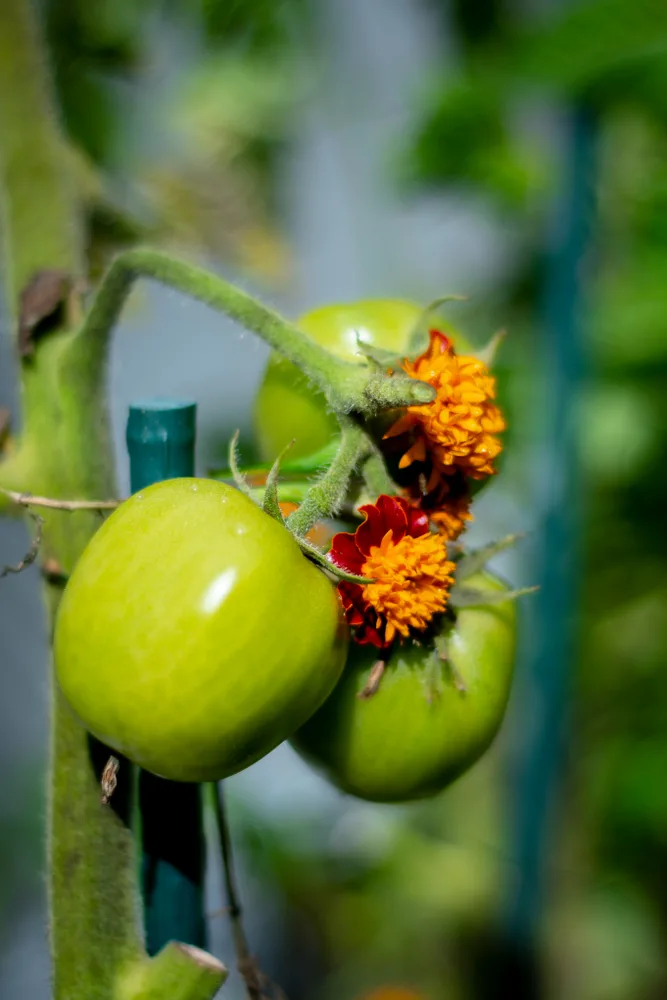
It should be obvious by now that some plants just don’t get along.
Though if you’re searching for the science behind it, you’re going to hear some of this and some of that. What I mean is this: we simply don’t know everything there is to know about what gives plants their preferences.
A lot of wise companion planting advice has been passed down from gardener to gardener, as people experimented with different planting combinations. And as we will suggest to you later, it pays well to make your own observations in your garden.
Yet, the benefits of companion planting are there, and they’re measurable!
Companion planting:
- boosts the growth of plants, resulting in larger harvests
- improves the flavor of many fruits, vegetables, and herbs
- helps to repel pests
- allows you to use your garden space more efficiently
- provides a place for diversity – which increases pollinators, wildlife, and the health of your soil
- companion planting can provide support to those plants who need it most
If you’ve ever heard of the Three Sisters Garden, which consists of corn, beans, and squash, then you’ll already be familiar with the basic concept of companion planting and what it can do for you in the garden.
Let’s take that a few steps further, so you can visualize how to put your garden together.
It’s as if it were a puzzle with overlapping energies. Because to plant “next to another plant” can sometimes mean a few rows away, or the other side of the garden. It all depends on how large your space is.
If your garden is small, often times companion planting will not be a viable option. That is, unless you opt to grow those things which are known to grow well together, and refrain from growing those that don’t. Perhaps switching your crops each season, as one would naturally do with crop rotation.
22 Garden Vegetables (and Fruits) and What They Shouldn’t Be Planted Next To
Most articles on companion planting have the primary focus on what grows well with one another.
Let’s change that around and first list what not to plant next to the plant that you are trying your hardest to grow. Then we’ll list a couple that are good. That way you get to read both sides of the story.
Plus, you don’t have to go off and search more on what grows well with tomatoes. Though we have an answer for that too. In fact, there are 35 companion plants to grow with your tomatoes.
A note on companion planting
If there doesn’t seem to be either a positive or negative relationship between two vegetables/fruits, you can safely assume that it is just neutral.
From season to season, keep a sketch of your garden along with some notes taken throughout the growing period and jot down your successes as well as your failures. You might see a connection that can be avoided, or to foster in the future.
1. Asparagus
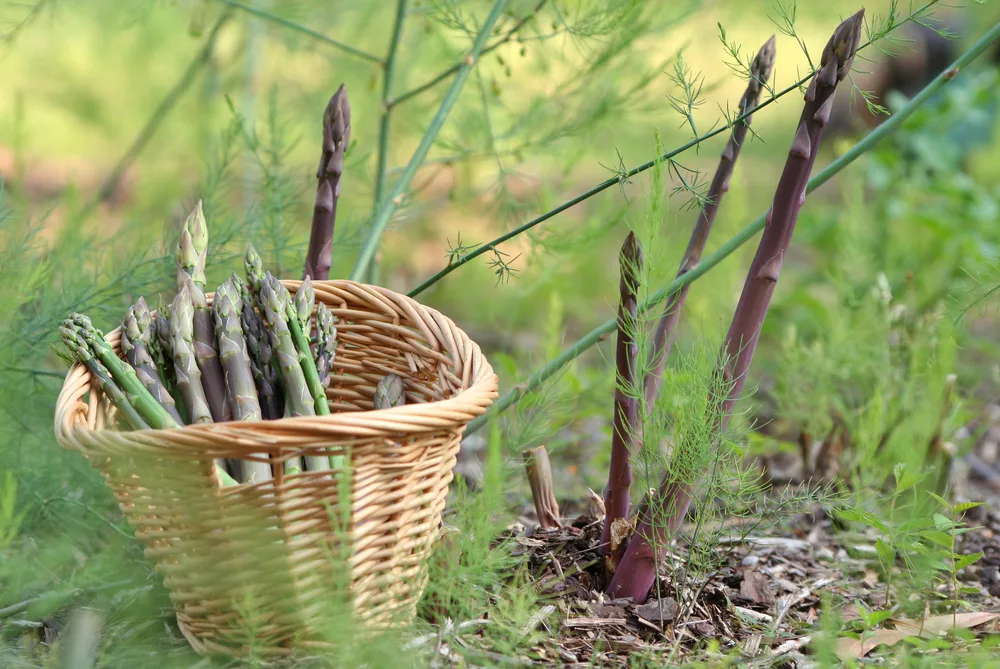
If asparagus is the highlight of your garden, you may have discovered one thing that it does not like. It really dislikes having wet feet! That being said, well-draining soil is an absolute necessity for asparagus.
At the same time, prevent asparagus from sharing space with all Alliums (leeks, garlic, onion) as they are said to stunt the growth of your stalks. Say good-bye to fennel too. At least, be sure to plant it as far away as possible.
You can try your luck with growing potatoes close to asparagus, though some gardeners say it stunts the growth of the tubers. If you have a love for your spuds, plant them elsewhere in the garden.
As for what asparagus likes being next to:
- nasturtiums
- marigolds
- parsley
- basil
- coriander
- dill
- sage
- thyme
- and tomatoes
It’s not uncommon for a plant to have more likes than dislikes as you’ll continuously see throughout the rest of listed plants.
2. Beans
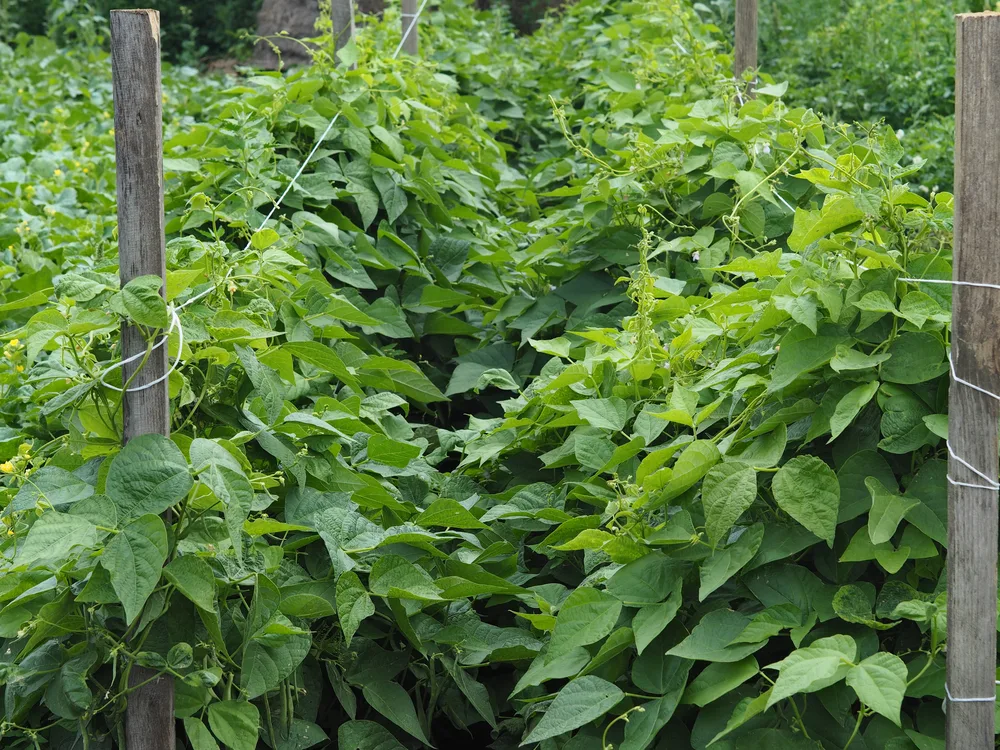
Just as some people are picky about eating their beans, the beans are picky about their immediate neighbors.
Beans prefer not to share company with members from the cabbage family, as well as those sulfuric Alliums.
Don’t plant beans next to broccoli, cauliflower, kale, or mustard. Avoid planting scallions, leeks, garlic and onions close to your beans.
However, your beans can truly be happy next to celery, corn, cucumbers, radishes, strawberries and nasturtiums.
3. Beets
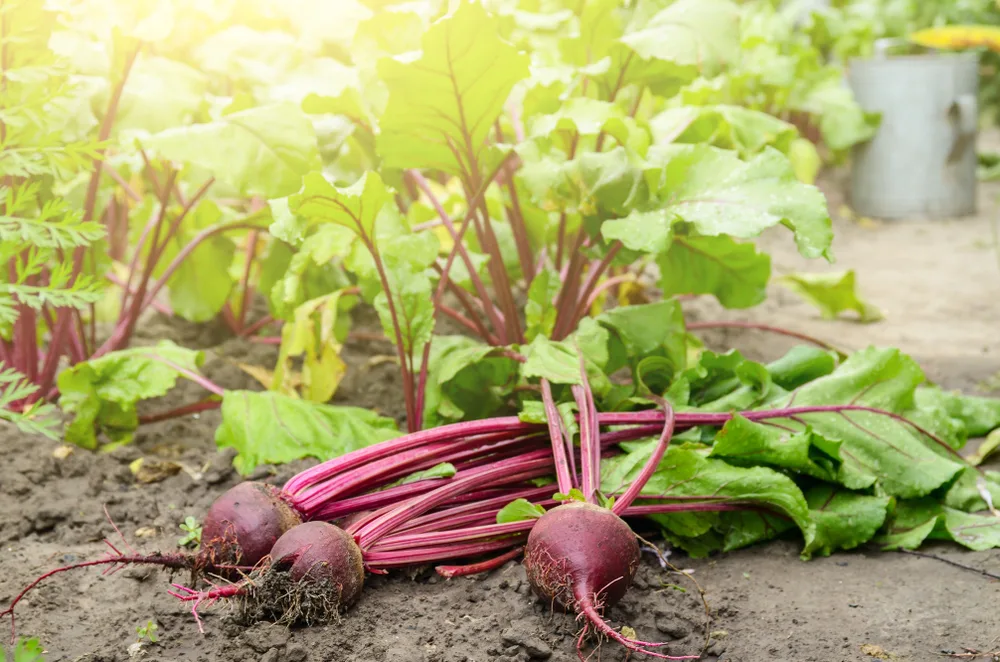
Beets are among the easy-going crowd.
Yet, for reasons all their own, they don’t tolerate being planted next to pole beans or field mustard.
These couple of dislikes leave you with plenty of space to find room for all the beets you can eat in your garden.
Beets benefit from being planted next to:
- broccoli
- Brussels sprouts
- cabbage
- carrots
- cauliflower
- kohlrabi
- lettuce
- onions
- radishes
4. Brussels sprouts
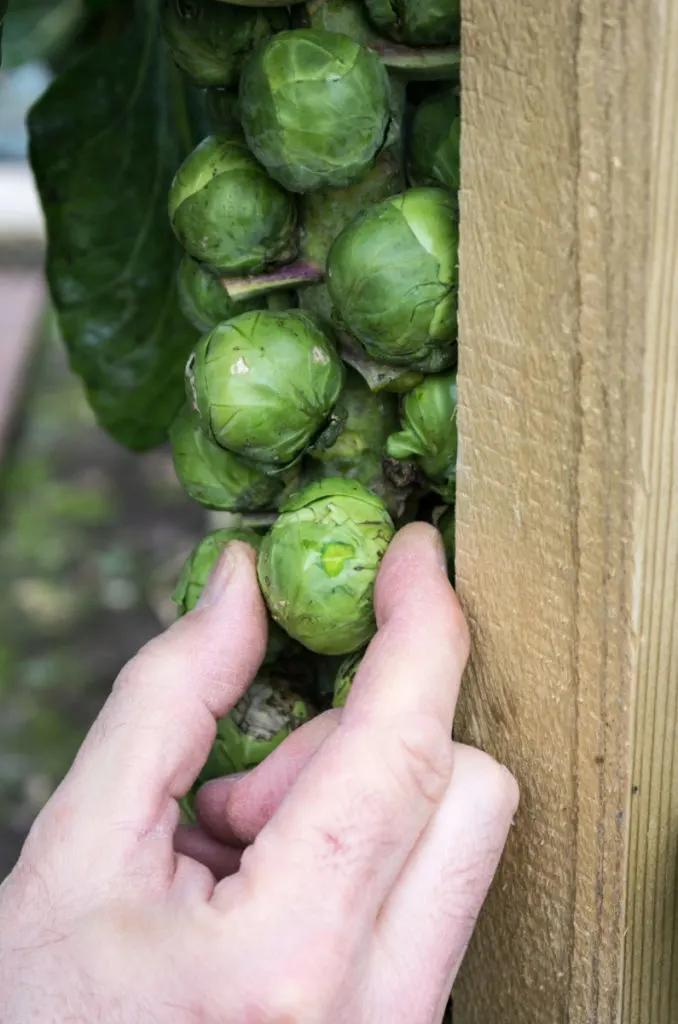
If you’re dreaming of eating from the garden all the way into the winter months, you won’t want to skip out on growing Brussels sprouts. That is, unless you belong to a certain percentage of the population who can’t stand them.
Setting your differences aside and getting onto what Brussels sprouts dislike: kohlrabi, pole beans and strawberries.
You’ll find it super helpful to know that Brussels sprouts can safely (and happily) be planted next to beets, carrots, celery, lettuce, onions, peas, potatoes, radishes, spinach, and strangely enough – tomatoes.
However, planting too many cruciferous vegetables together can have negative consequences.
Once the aphids, cabbage loopers, leafminers, squash bugs, and cutworms begin to attack, they can easily spread out to other members of the cabbage family.
Keep in mind, that while they may share similar growing requirements, it is often best to provide a buffer in the garden. For this, fragrant herbs and flowers such as nasturtiums and marigolds work well to repel insects.
5. Cabbage
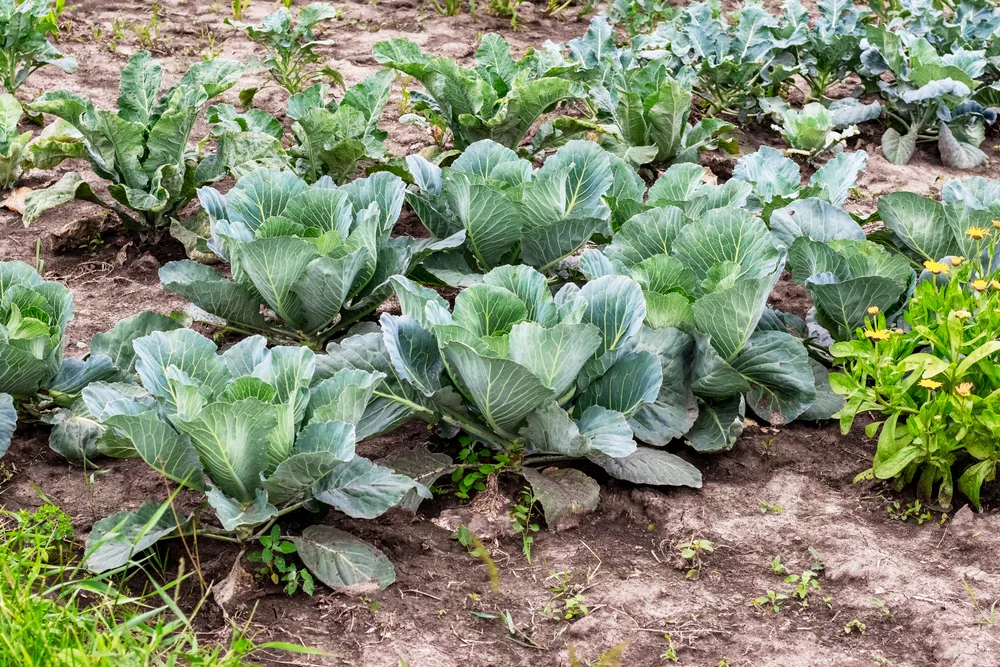
Sticking with the delicious cruciferous veggies, cabbage is known for taking up a large amount of space in the garden.
Again, it is the pole beans that should be avoided, as they are incompatible with most Brassicas. You should also avoid planting cabbage next to tomatoes.
Basil and cabbage don’t mix well either. If you would like to protect your cabbages with aromatic herbs, keep reading for those it does get along with.
What you should plant next to your cabbage family is dill, rosemary, thyme, garlic, onion, mint and celery.
Related reading: 18 Cabbage Family Companion Plants & 4 To Never Grow Together
6. Carrots
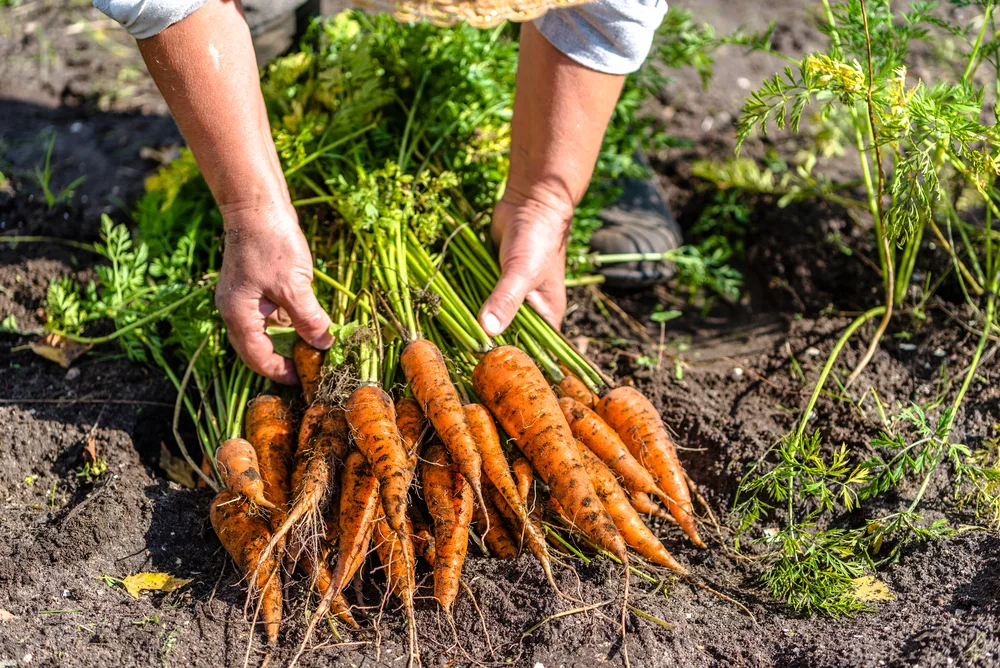
The growing of carrots has always been one thing I look forward to every summer. To pull them straight out of the ground, wipe them off with your hands and bite into them with a resounding crunch. Pure bliss.
Don’t forget to eat your carrot tops!
It’s simple: avoid planting carrots with dill, fennel and parsnips.
Dill can stunt the growth of your carrots, fennel tends to be a loner that otherwise attracts a variety of potentially harmful insects; and parsnips, well, they’re susceptible to the same diseases.
Not exactly a great match.
Instead, plant your carrots close to beans, radishes, peas, lettuce, green onions, chives or leeks which repel carrot flies.
7. Corn
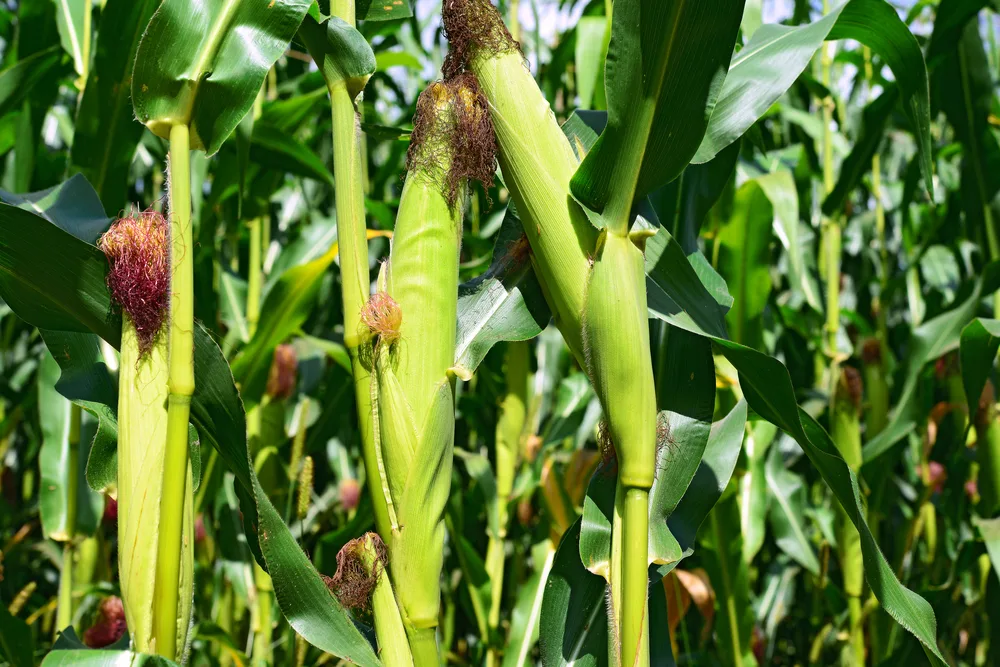
Remember the Three Sisters companion planting mentioned above?
From this, you know that corn benefits from beans (which fix nitrogen in the soil, and squash, which shades the ground (keeping the soil cooler and hopefully “weed-free”).
The only plant that corn really doesn’t like to stand next to, is tomatoes.
Not only because they’re both heavy feeders, but because corn and tomatoes attract corn earworms and tomato hornworms. Neither of which is generally welcome in your garden.
Plant your corn next to:
- basil
- borage
- cucumber
- dill
- melons
- nasturtiums
- pole beans
- pumpkins
- radishes
Just be sure to get your corn in the ground at the right time for the healthiest harvests.
For the full guide to corn companion planting – 12 Corn Companion Plants & 4 That Should Be Nowhere Near
8. Cucumbers
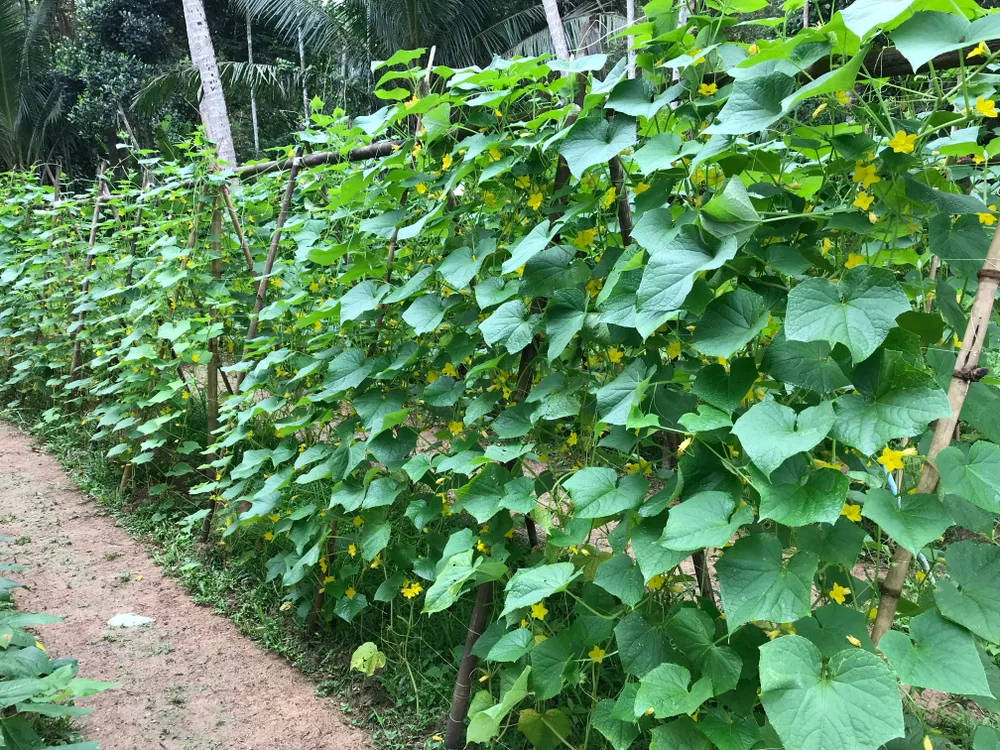
Melons, sage and potatoes are all plants that shouldn’t be grown right next to cucumbers.
Growing basil next to your cucumbers is said to impart some basily flavors into your cukes, so you might want to avoid that aromatic herb too.
To find out more likes and dislikes, our cucumber growing guide will point you in the right directions: 11 Cucumber Companion Plants & 3 To Never Plant With Cucumbers
9. Eggplant
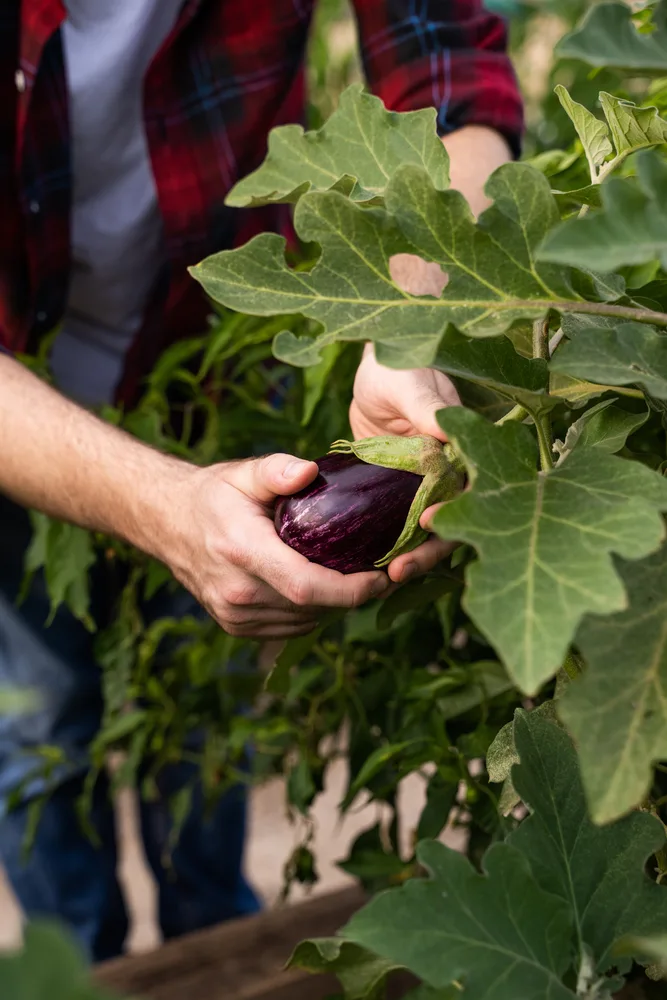
Eggplants are not at all picky with whom they share garden soil.
The only outsider here is fennel, which is said not to have any friends at all, and should be grown separately from your other garden crops.
In the absence of fennel, go ahead and plant your eggplant next to peas and beans, since eggplant benefits from the extra nitrogen in the soil. Just be sure not to shade your sun-loving eggplants with trellised beans.
Beneficial herbs to plant with eggplant include tarragon and thyme.
You’re also free to plant your eggplants next to other nightshade family members, including peppers, tomatoes and potatoes.
If you’re searching for even more companion planting benefits, spinach can be grown in the shade of eggplants.
10. Garlic
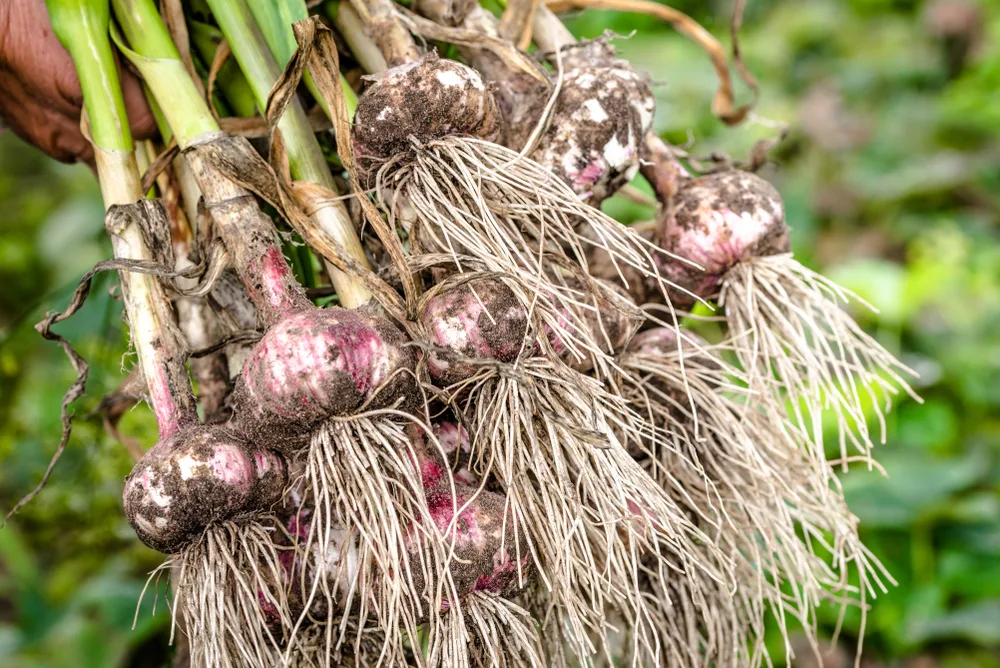
What shouldn’t you plant next to garlic? Beans, peas, parsley, asparagus and sage are all incompatible for growing with garlic.
What grows well next to garlic? Luckily the list is long and extensive:
- beets
- broccoli
- cabbage
- carrots
- cauliflower
- dill
- eggplant
- fruit trees
- kale
- kohlrabi
- peppers
- spinach
- tomatoes
Several flowers also benefit from having a clove or two of garlic planted nearby, including geraniums, marigolds, even roses.
At the same time, other herbs help garlic grow better, stronger and more robust: yarrow, summer savory, rue and chamomile.
11. Lettuce
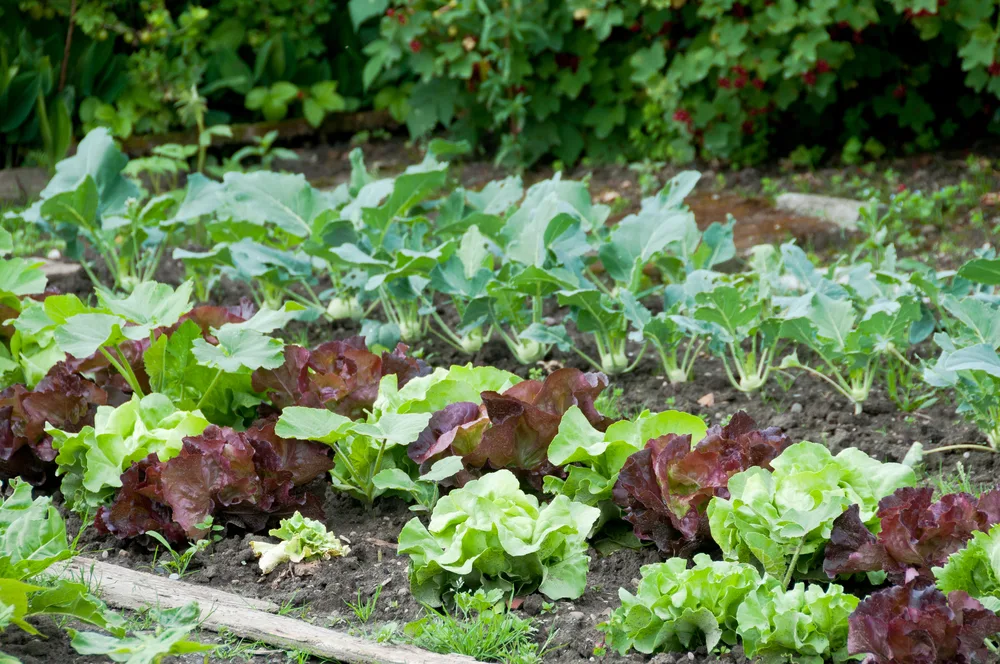
Leafy lettuce simply does not like sharing a garden bed with members of the cabbage family. Perhaps they don’t like the smell of one another, or maybe they are competing for moisture.
Whatever the reason, it makes more sense to plant lettuce next to smaller, like-minded crops such as beets, carrots, cucumbers, onions, radishes, peas, parsnips, tomatoes, and strawberries.
Some gardeners say that lettuce can grow well with corn and sunflowers. When in doubt, try it out! In this case, the lettuce with its shallow roots will grab enough water with consistent watering, leaving plenty enough moisture for those tallest, deep-rooted crops.
Related reading: 20 Lettuce Varieties To Grow Through Fall & Even Winter
12. Kale
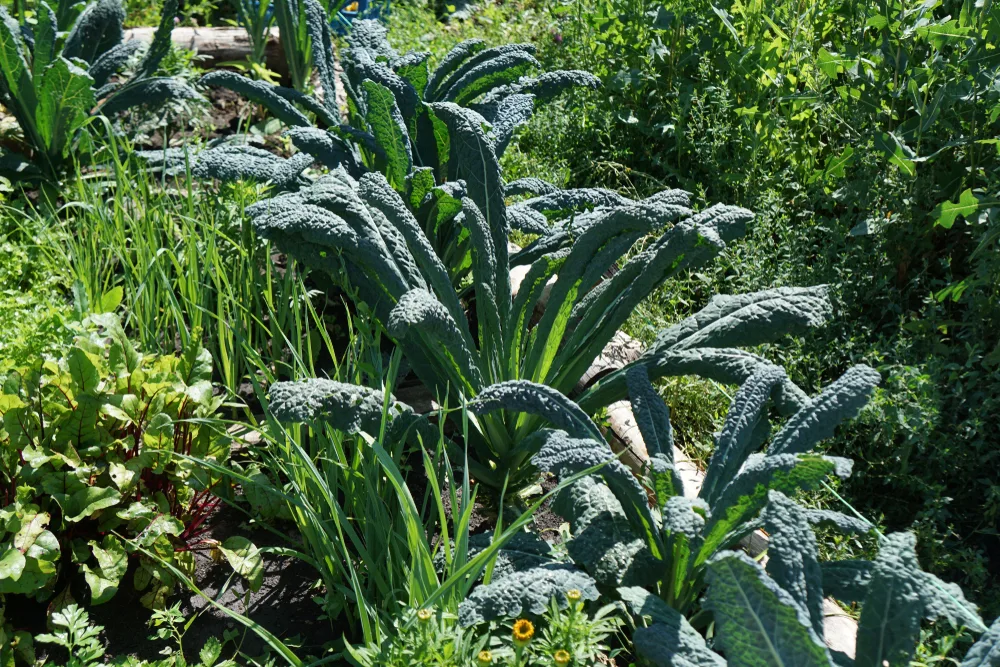
If the thought of making your own crunchy kale chips has ever crossed your mind, then perhaps it’s about time to starting growing kale in the garden.
Kale, being another member of the cabbage family, will be prone to the same pests (aphids, flea beetles, cabbage worms and harlequin bugs), but that doesn’t provide enough animosity to prevent you from growing them close together.
Although those pesky bugs are something to keep an eye out for.
It turns out that kale is not altogether pleased about growing next to beans, tomatoes or strawberries. Kale has a slight distaste for basil too.
Luckily, to keep all those kale chips growing in the garden, you can successfully plant it next to garlic and onions, dill and nasturtium.
It doesn’t express many opinions when seated next to beets, celery, cucumbers, Swiss chard, or potatoes either.
13. Kohlrabi
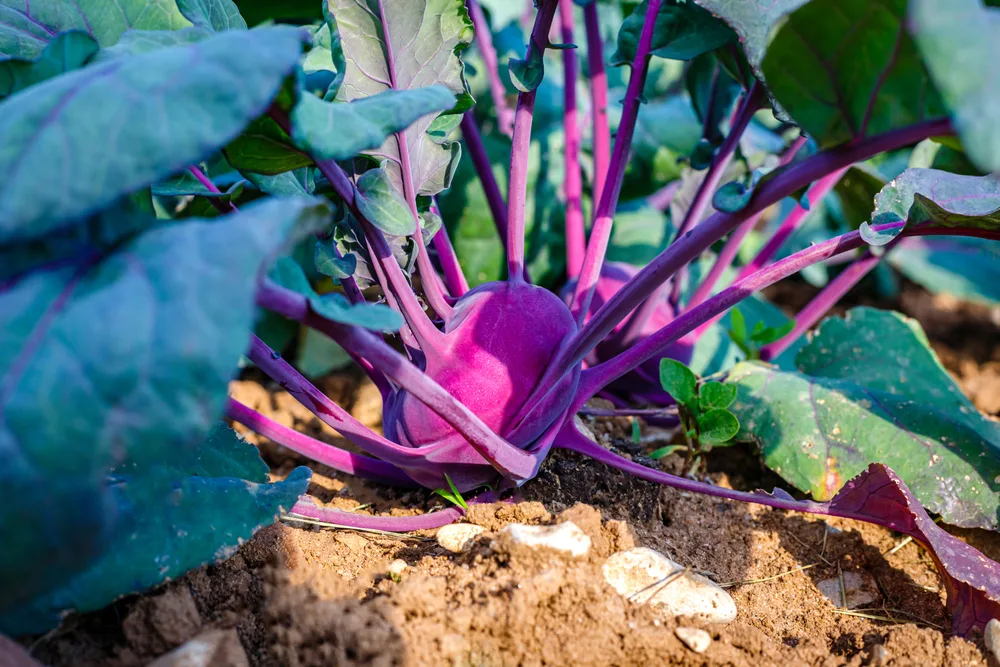
Kohlrabi is an often overlooked vegetable that is easy to grow and quick to mature. It’s one of those hardy plants with seeds that can be sown in the garden 3 to 4 weeks before the last expected frost date.
Not only does this give you a head-start on planting, but it also means less time to wait in anticipation for your first harvestable crop. 45-60 days is never too long to wait for homegrown goodness!
Like all the others, kohlrabi has a few dislikes: tomatoes, pole beans and peppers.
Everything else is fair game: from beets to cucumbers, lettuce and potatoes.
14. Onions
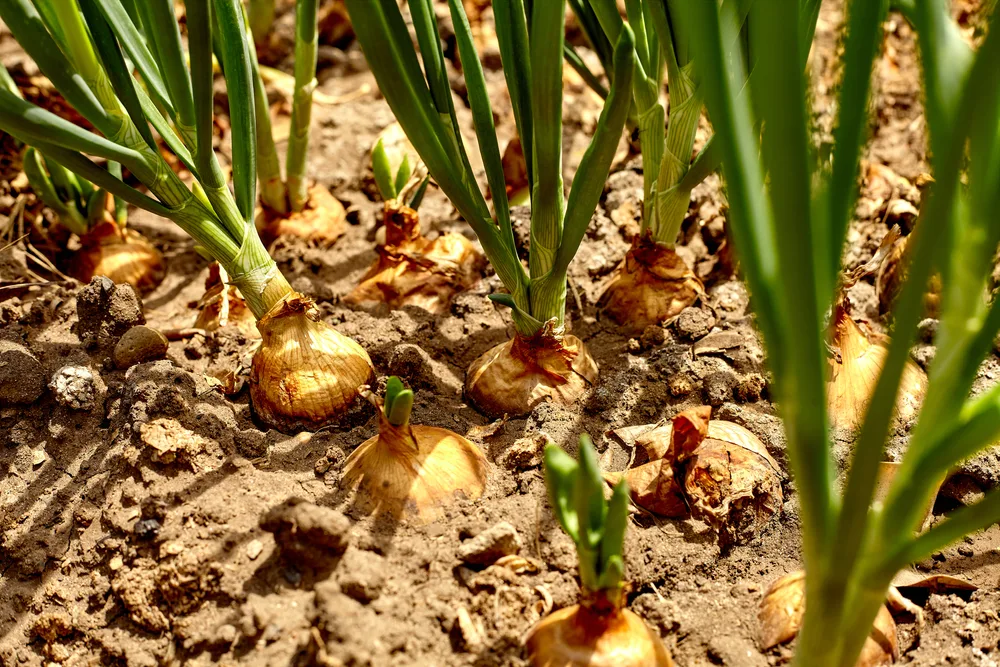
By now you may have noticed that onions quite often feature as a companion plant. Let’s find out what they prefer not to be planted next to.
Don’t plant onions next to peas and beans, or asparagus and sage. It’s always wise to keep distance between other types of onions (such as leeks, garlic, and shallots), as the onion maggots can easily pass from one plant to another.
Instead, plant your onions next to:
- beets
- broccoli
- Brussels sprouts
- cabbage
- carrots
- lettuce
- kale
- peppers
- tomatoes
- strawberries
15. Peas
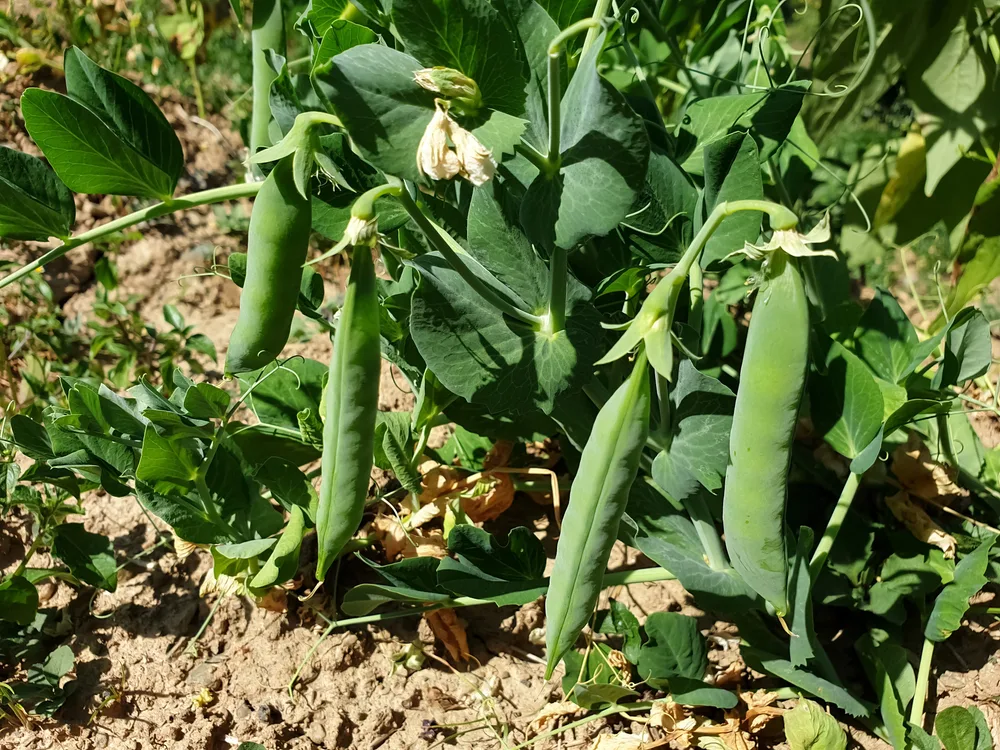
Back up your thoughts for just a moment. Did you happen to see peas as being compatible with onions? No, they certainly are not compatible. Same goes for garlic being an incompatible plant with peas.
In fact, you should avoid planting any Alliums directly with peas. Yes, this includes refraining from planting next to chives too.
However, because peas increase the available nitrogen in the soil, they’re friends with several other garden veggies. It’s a long list that includes beans, carrots, celery, corn, cucumbers, eggplant, peppers, radishes, spinach, tomatoes, turnips and more.
16. Peppers
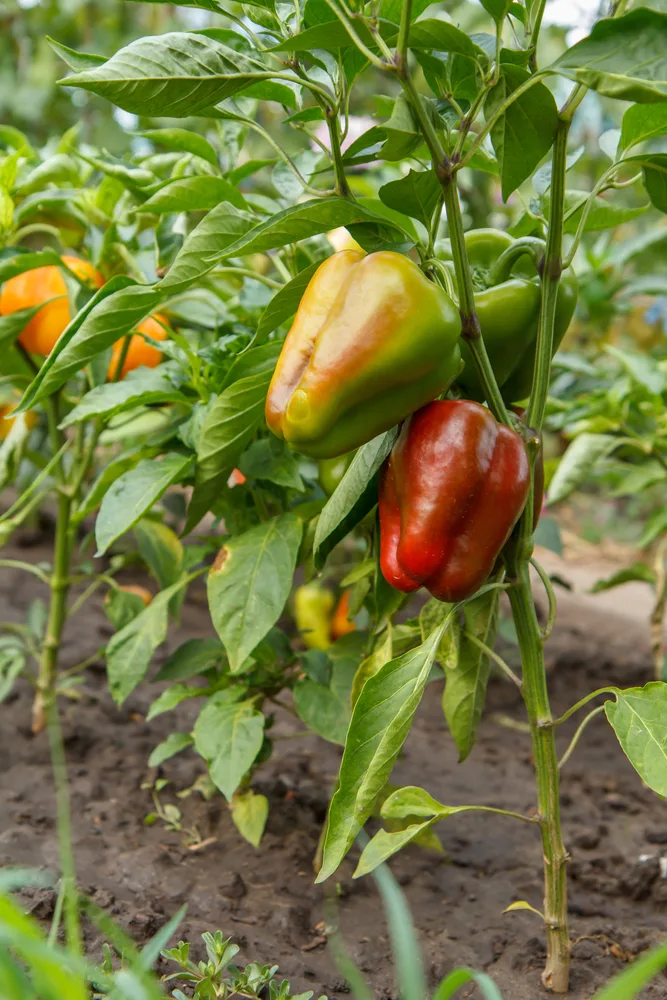
The list of peppery dislikes is quite small in relation to its preferred neighbors. All you need to do, is refrain from planting peppers next to Brassicas and fennel.
What you can plant with your peppers will make your head spin. Which leaves you with plenty of space to play around with as you design your garden.
Plant herbs next to your pepper to fight off thrips and flies as you attract beneficial insects: basil, chives, dill, marjoram, oregano, parsley, and rosemary.
Lay out your garden with other complementary veggies such as beets, carrots, chard, cucumbers, eggplant, lettuce, radishes, spinach, and tomatoes.
And don’t forget about the importance of companion planting with flowers!
Peppers can benefit greatly from being planted near geraniums, marigolds, nasturtiums and petunias.
17. Potatoes
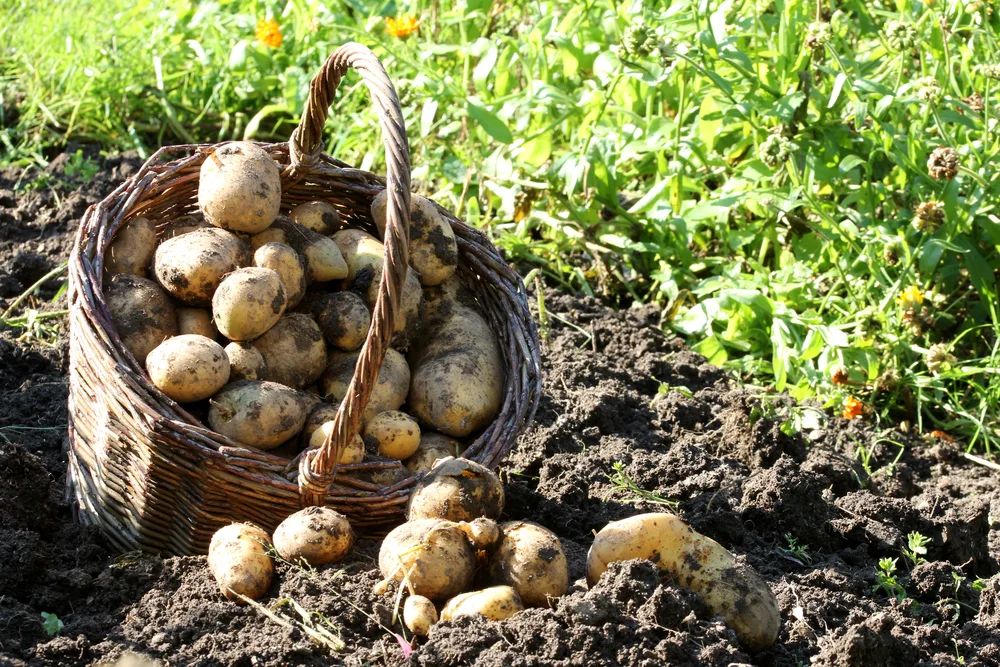
With a cast iron frying pan, some home-rendered lard, and potatoes out in the garden, along with some eggs from your backyard chickens, you have yourself an almost instant meal!
One that no hungry guest would refuse.
Yet, to grow nice-looking potatoes takes some experience. First of all there are the potato beetles to contend with. Those little things can multiple in the thousands the second you turn your back!
The next thing is finding the perfect amount of water. Too much and they grow big and crack. Too little water and all you have to harvest are peanuts. At least they will be nutrient-dense good tasting peanuts.
With companion planting, your chances of better harvests are almost guaranteed. Don’t skip this planting step if you want to have some nice long, crispy fries.
Avoid planting your potatoes with Brassicas, tomatoes, carrots, cucumbers, squash, asparagus, sunflowers and fennel.
Feel free to plant your potatoes next to these 30 Potato Companion Plants.
18. Pumpkins
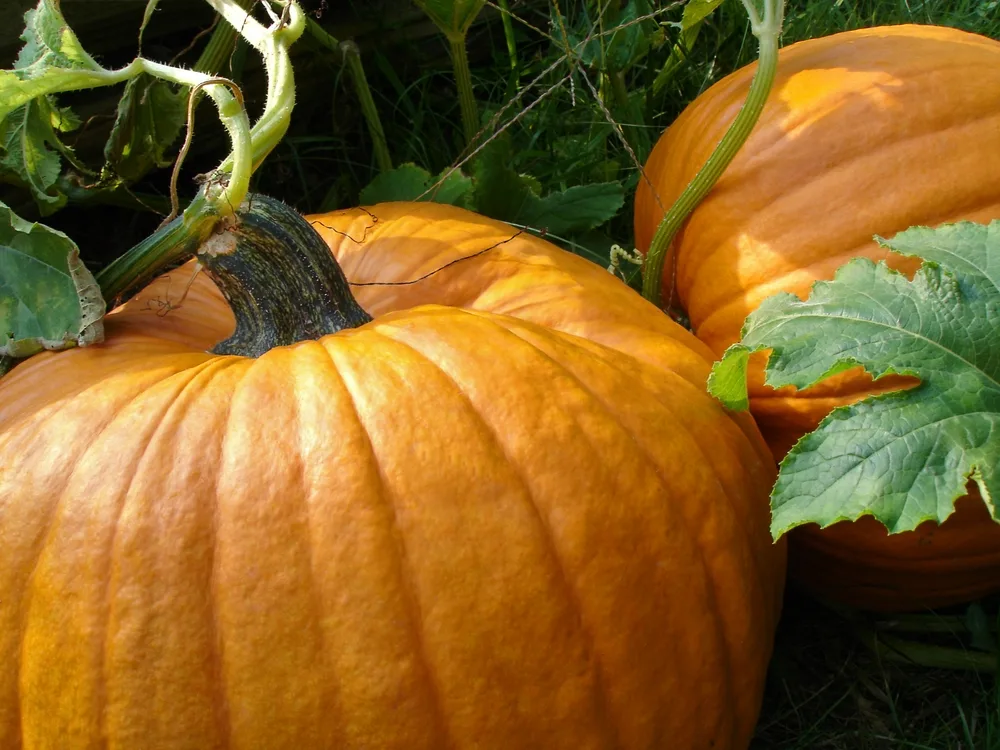
One thing is for sure about pumpkins – they take up a lot of space in your garden. Be sure you can accommodate them before planting. What starts out as a small seed can easily turn into a vine that crawls 15 to 20 feet, with enormous leaves that shade everything below.
Pumpkins are not to be planted next to root crops such as potatoes, onions or beets, as these vegetables have a tendency to disturb shallow roots of other, companion plants. They also compete for nutrients in the soil.
It’s also worth noting that cross-pollination is always an issue with cucurbits – the gourd family.
If you would like to save your own seeds, plant your pumpkins as far away as possible from other squashes, or try to grow just one variety each year. Then switch to another variety in the next season.
As for companion plants, the Three Sisters comes into play once again.
Marigolds, pole beans, sunflowers, nasturtiums and marjoram are all compatible plants with pumpkins.
19. Radishes
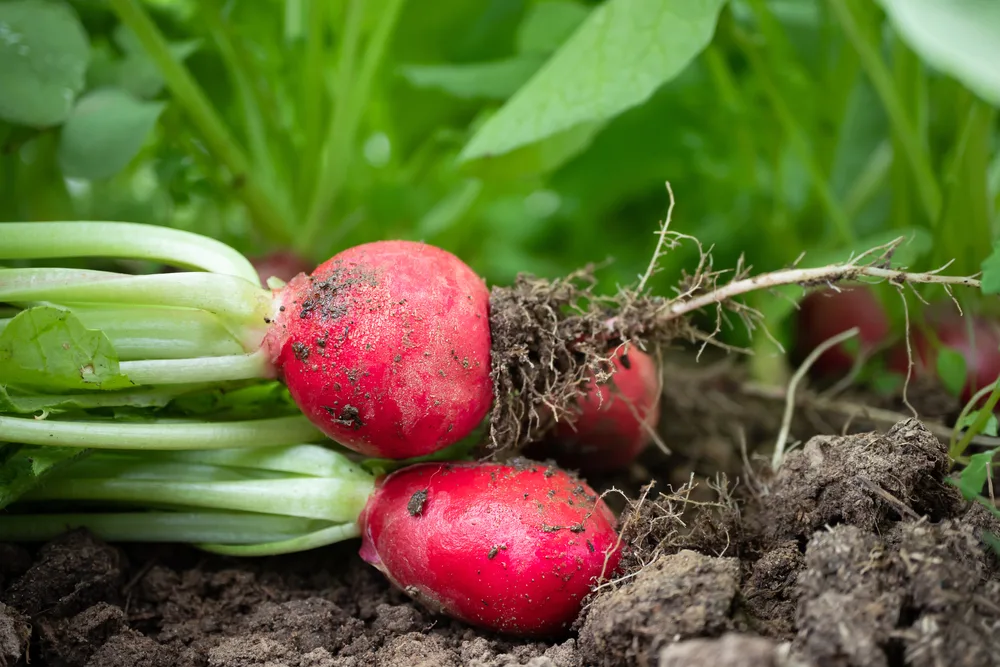
One of the greatest things about radishes, besides their intense flavor, is that they’re perfect for interplanting between other rows of garden crops. This allows you to maximize garden space as you fill in the gaps between overlapping harvests.
When radishes are close to other Brassicas, be weary of flea beetles that chew numerous holes in the leaves. For young plants, this unchecked damage can be detrimental.
It has also been passed down from gardener to gardener that hyssop and radishes don’t mix.
Many herbs, however, are great companions with radishes. Try planting dill, mint or chervil with your radishes. Marigolds, parsnips and beans too.
20. Strawberries
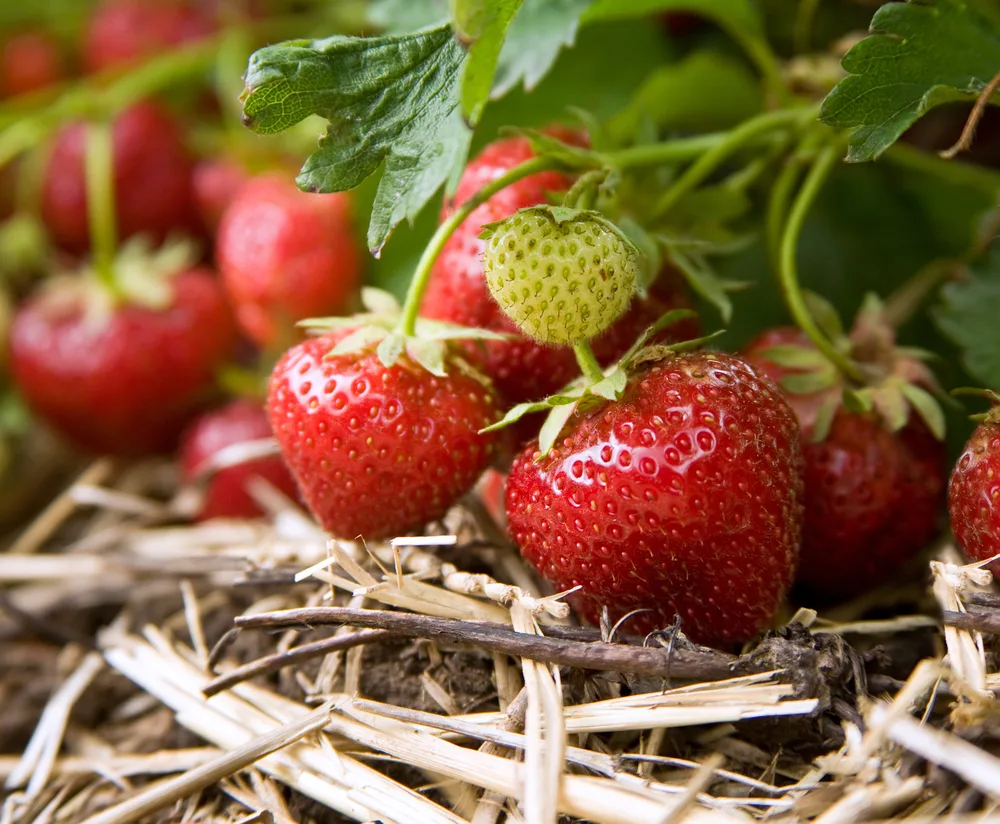
What to avoid planting with your strawberries? All Brassicas, including kohlrabi, and fennel.
While the sweetness of strawberries is appealing to us, it can be just as enticing for other garden visitors. To help your strawberries thrive, it may seem counter-intuitive to plant pungent garlic and onions next to them. Yet, that’s exactly what they need to ward off certain garden intruders.
You can also try mixing plants together in a garden bed, using the leafy aspects of lettuce and spinach to hide ripening berries.
21. Tomatoes
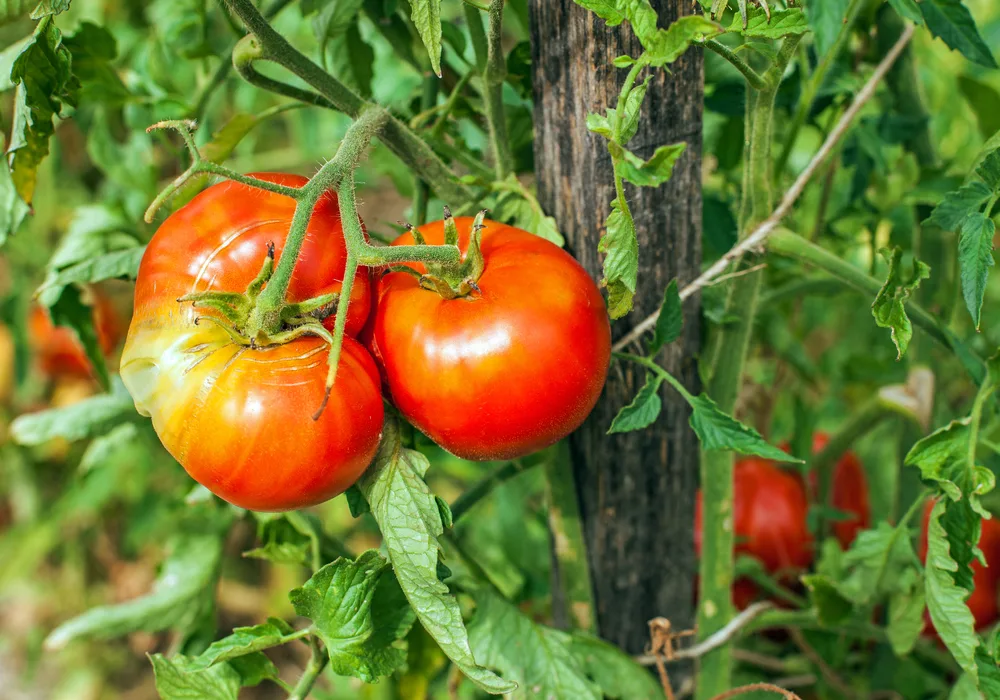
If there is one plant that gardeners prize more than others, the tomato usually tops the list. It’s sweet, juicy, fragrant, and comes in so many sizes and colors; especially when you take into consideration heirloom tomato varieties.
I’d love to say that tomatoes are easy to grow, yet this is not always the case.
One needs to consider sunlight, the right amount of water, pests, and diseases, all for the perfect – or not so perfect – tomato.
For the best tomato harvests, avoid planting them next to all members of the cabbage family, corn, dill, other nightshades (eggplant, peppers and potatoes) and fennel.
Instead, plant these herbs, flowers and vegetables with your tomatoes:
Read more: 35 Companion Plants To Grow With Your Tomatoes
22. Zucchini and Squash
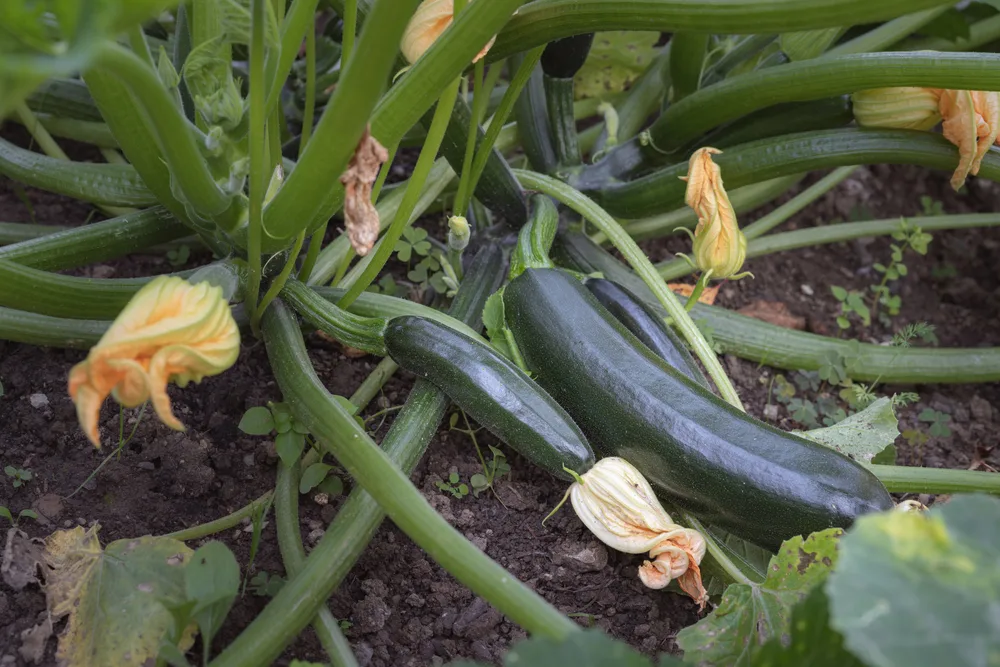
If you’ve been searching for something easy to grow, zucchini will certainly meet your expectations. So much so, that you may be forced to give some away (good luck with that!), or learn how to preserve zucchini for later.
Squashes and zucchini pretty much grow on their own without too much input, though it has been noted that planting next to potatoes and pumpkins (because of potential cross-contamination) is best to be avoided.
Zucchini and other summer squashes can be planted with corn and beans, as well as several edible flowers and fragrant herbs, such as:
- dill
- lemon balm
- mint
- oregano
- parsley
Now, that you’ve read our A-Z list of incompatible plants, it’s time to make a plan for your very own garden. More information is always available, and most of it is only a book away!
Companion Planting Resources
If you would like to delve deeper into the fascinating subject of what makes certain plants better partners in the garden, I encourage you to check out a couple of these books:
Great Garden Companions: A Companion-Planting System for a Beautiful, Chemical-Free Vegetable Garden by Sally Jean Cunningham
Carrots Love Tomatoes: Secrets of Companion Planting for Successful Gardening by Louise Riotte
Plant Partners: Science-Based Companion Planting Strategies for the Vegetable Garden by Jessica Walliser
The Complete Guide to Companion Planting – Everything You Need to Know to Make Your Garden Successful by Dale Mayer
And never underestimate the advice you can glean from other gardeners in online forums and from experienced gardeners themselves out in the real world.
Close observation is key to finding what works – and what doesn’t.
Companion planting has been around for a long time, many thousands of years. Even if science can’t pinpoint the exact hows and whys, one thing is for sure – that experience shows it works.
If you’re in doubt about trying companion planting, ask yourself what have you got to lose? Perhaps you’ll have bigger blossoms, larger vegetables and more flavorful strawberries. Sounds pretty good to me!
As you find out what is compatible vs. incompatible in your own garden, be sure to keep notes from year to year.
And don’t forget to share your findings with others.

Get the famous Rural Sprout newsletter delivered to your inbox.
Including Sunday musings from our editor, Tracey, as well as “What’s Up Wednesday” our roundup of what’s in season and new article updates and alerts.

